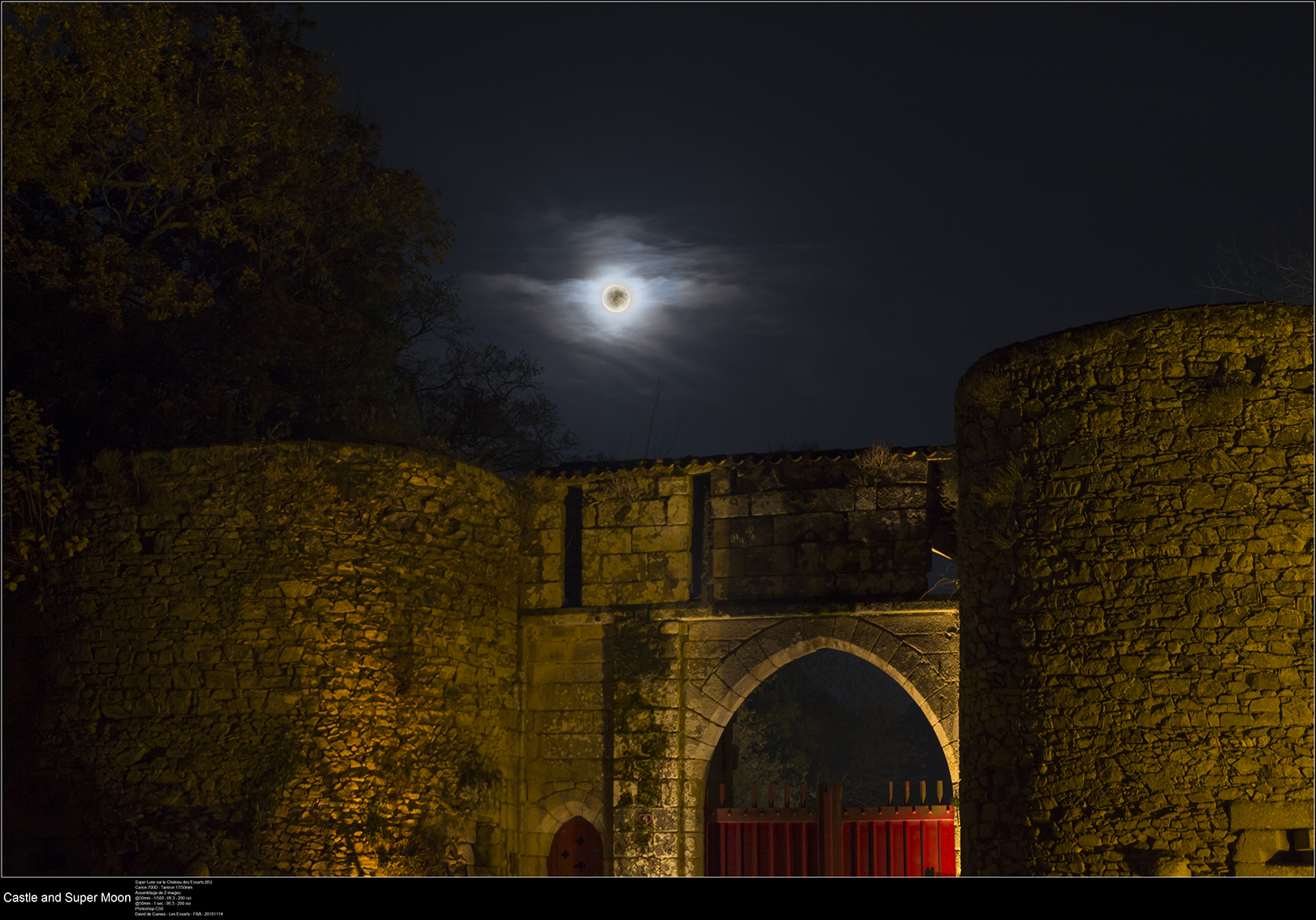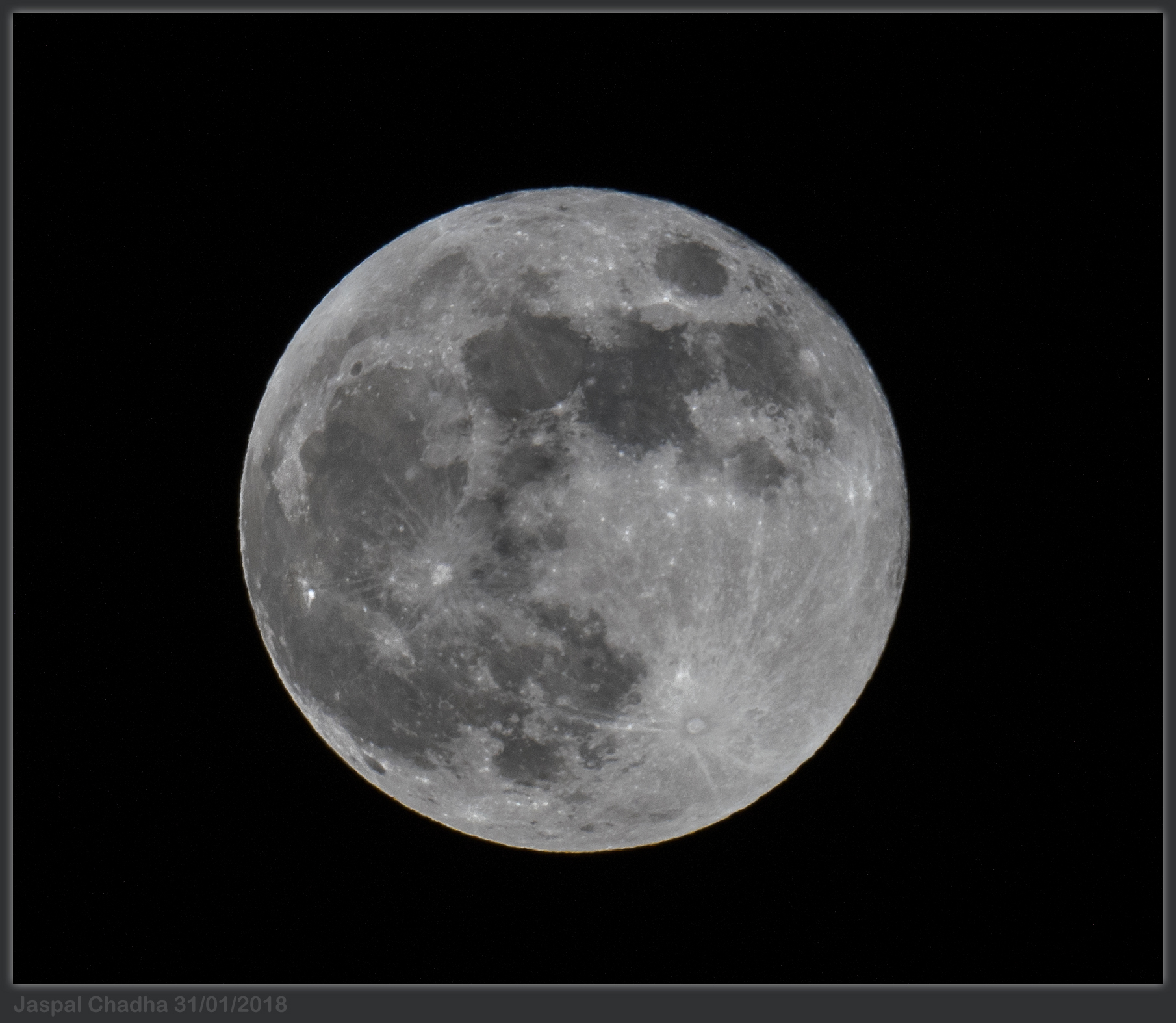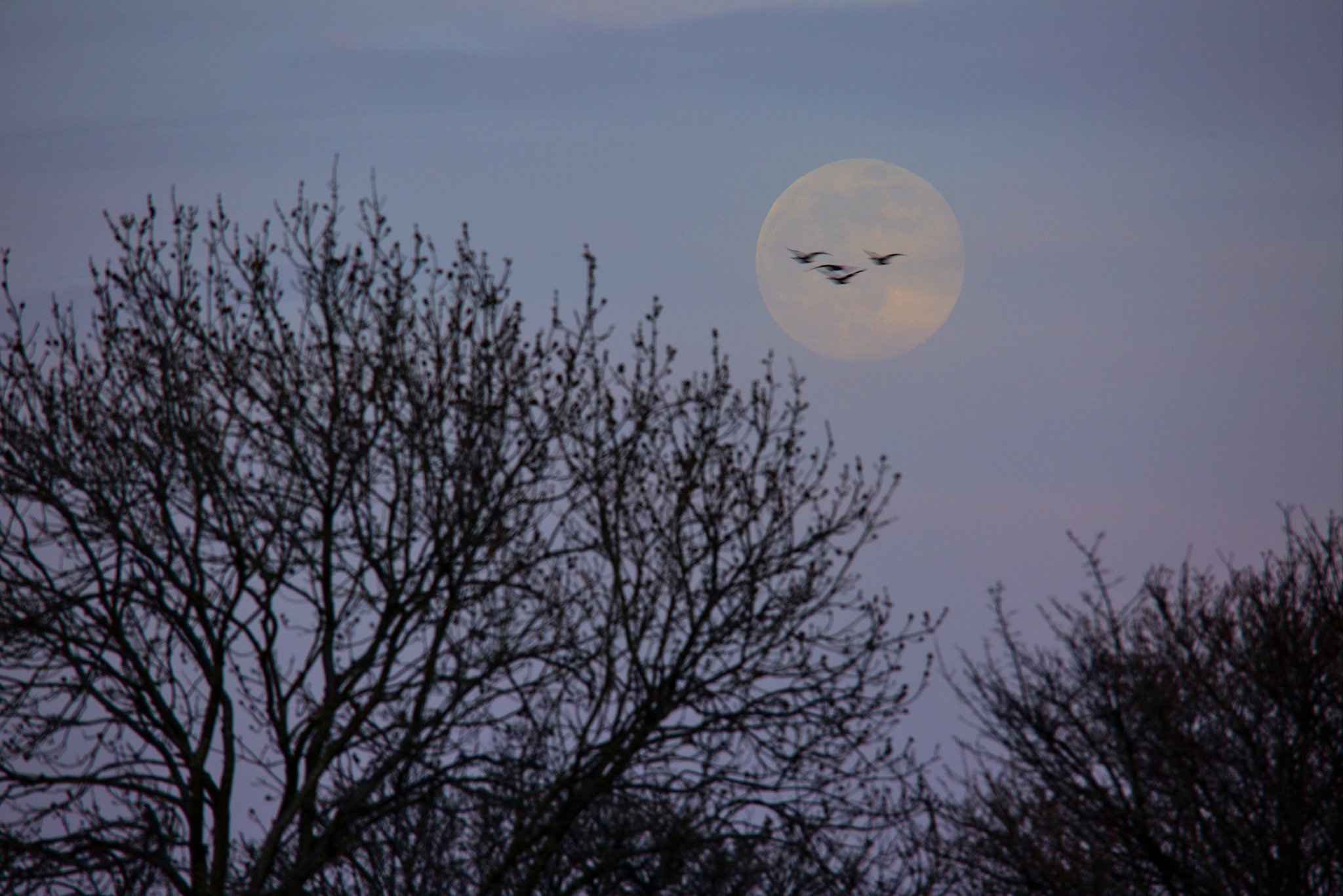Supermoons – what they are and when the next one is visible
The next supermoon will be visible in the night sky on 31 August 2023.
And because we had a supermoon on 1 August 2023 – i.e. another in the same month – the supermoon on 31 August is known by some as a Super Blue Moon.
You can find out more about this in our guide to the August 2023 Super Blue Moon.
On supermoon dates, the Moon will appear beautifully bright in the night sky, and makes for a great naked-eye spectacle perfect for inspiring young astronomers and newcomers.
Read our guides on how to observe the Moon and how to photograph the Moon, or get observing upclose with our guide to the best telescopes for beginners
Last supermoon of 2023
The next supermoon after the August occurrence will be the full Moon on 29 September 2023, which occurs 32 hours 52 minutes after lunar perigee (when the Moon is closest to Earth in its orbit).
This September 29 supermoon will be the last supermoon of 2023.
It occurs less than a week after the autumn equinox on 23 September, making this supermoon 2023’s Harvest Moon.
But what is a supermoon, when do they occur, and are they really something to get excited about?
In this guide we’ll reveal exactly what a supermoon is, examining the hype and getting down to the facts about this astronomical phenomenon.

Supermoon: an astronomical term?
Supermoons occur at perigee: the point in the Moon’s orbit where it’s closest to Earth. A perigee full Moon appears a little brighter and larger than an average full Moon, and is known by some as a ‘supermoon’.
Generally speaking, however, astronomers don’t tend to use these terms (likely a result of the term supermoon’s astrological origins), and the technical name for a ‘supermoon’ is a perigee syzygy Moon.
For more stargazing advice and Moon dates and phases delivered to your email inbox every week, sign up to receive the BBC Sky at Night Magazine e-newsletter.

What is a supermoon and when do they occur?
A supermoon happens when a full Moon coincides with the Moon’s closest approach to Earth along its orbit.
We get 12 or 13 full Moons each year but, due to the orientation of the Moon’s orbit, not every full Moon is a supermoon, in the same way that not every full Moon is a lunar eclipse.
The Moon’s orbit around Earth
The Moon takes just over 27 days to orbit Earth on an elliptical path that takes it from its most distant point from Earth at apogee, to its closest approach at perigee.
These distances can vary between 406,712km (apogee) and 356,445km (perigee).
It also takes just over 29 days to cycle from one full Moon to the next, which you can see for yourself if you note the phases of the Moon night after night.
Meanwhile, Earth’s orbit around the Sun takes 365 days and this means it takes 14 lunar cycles (411 days) to go from one full perigee Moon to the next one.

Apogee and perigee
The lunar orbit is elliptical and over time this means the distance between Earth and the Moon varies.
As you would expect, the apparent diameter of the Moon varies over its orbit because of this distance change.
Apogee describes when the Moon is furthest from Earth, perigee when nearest. When it’s closest, the Moon’s apparent size is around 34 arcminutes, while at apogee the Moon’s apparent size is around 30 arcminutes.
Apogee and perigee have no connection with lunar phase, the orbit cycle being out of sync with the phase cycle.
A full Moon near perigee gains more attention than a regular full Moon because it appears larger and brighter than average, and has also become known by the popular term ‘supermoon’.
However, if you compare a perigee full Moon to the ones in previous and following months you probably wouldn’t notice any difference.
When does a supermoon happen?
The term supermoon refers to both perigee full and new Moons but, as the new Moon is not visible we will concentrate on the full supermoon.
The name ‘supermoon’ was first coined by astrologer Richard Nolle in 1979. He defined it as “a new or full Moon that occurs when the Moon is at or near (within 90% of) its closest approach to Earth in its orbit”.

Astronomers prefer the more precise, though perhaps less catchy, term of a perigee full Moon to describe a full Moon that occurs when the Moon’s centre is less than 360,000km from the centre of Earth.
Or a perigee syzygy full Moon, where syzygy refers to a straight-line configuration of three or more celestial bodies in a gravitational system (in this case Earth, the Moon and the Sun).
The opposite phenomenon, an apogee syzygy full Moon, is similarly dubbed a ‘micromoon’.

Is a supermoon really much bigger?
Much has been written about supermoons ‘stunning’ and ‘dazzling’ observers, and this is another reason some astronomers balk at the term.
In reality, a full Moon at perigee appears only 14% larger due to being closer to us, and only 30% brighter than an apogee full Moon.
A supermoon is also only about 7% larger and 15% brighter than an average full Moon.

Without a side-by- side comparison, it is difficult to spot the difference from one month to the next, but it is possible to record changes in the Moon’s size through photography.
The difference in brightness is due to the reflected light from the lunar surface that reaches Earth being inversely proportional to the square of the distance between them.
The supermoon and the Moon illusion

A full Moon often offers the chance to see the ‘Moon illusion’. This optical effect occurs when fuller phases of the Moon appear close to the horizon, after moonrise or before moonset.
Catch it right and the illusion is powerful: it’s hard to believe that the Moon you’re looking at isn’t larger than normal.
In reality, the low Moon is a bit smaller than it appears when high up due to increased distance and atmospheric refraction.
If you see the full Moon illusion, take a photo using a 200mm or longer lens. When it has climbed higher, do the same thing.
Using a layer-based editor, put both Moons side by side. This proves the ‘giant’ Moon is no larger than a regular one.

The reason for this optical illusion is still under debate, but could also be to do with the way our brains process objects close to the horizon as being larger when in proximity to buildings and trees, than when they are high in the sky with nothing to compare sizes against.
Nevertheless, around the time of a supermoon, a good observing project is to see whether you can spot the Moon illusion in action.
If clear, ask young observers to view the Moon and then turn their back on it.
Ask them to estimate how large it was using their thumb and forefinger at arm’s length.
Then turn them around to look at the Moon and get them to measure its real apparent diameter using a thumb and forefinger at arm’s length. Chances are the first estimate is too big!

Do supermoons always come in threes?
Every 14 lunar months the series of full Moons cycles from largest to smallest and back again as the Moon orbits Earth. Perigee can last between two and five full Moons.
For a full Moon to be classed as ‘super’ it must occur when it is around 360,000km away from Earth or less, so the full Moons occurring either side commonly also fall within the supermoon category.
On rare occasions we get two or four supermoons in a row, but three is the most common.
Gallery: 7-8 April 2020 supermoon
Effects of a supermoon
Many people talk about the effects of a supermoon on us and our planet, but there is scant scientific evidence to support claims that supermoons cause earthquakes, volcanic eruptions, extreme weather and tsunamis, or floods and pestilence!
The Moon is, of course, the driving force for Earth’s tides: full and new Moons are when the Earth, Sun and Moon line up to produce extreme spring tides, but the effect of perigean spring tides only increases the tidal variations by about 5cm on average.

In recent years there have indeed been a handful of tsunamis and earthquakes that coincided with a supermoon but, with around three supermoons every 14 months it would be unusual if such a disaster did not coincide with a supermoon now and then.
A supermoon may not be so ‘super’, or even rare, but once you cut through the hype, it is still a great way to engage with our nearest celestial neighbour. For more on lunar-gazing, read our guide on how to observe the Moon.
Pictures of supermoons
Below is a selection of images of supermoons captured by astrophotographers and BBC Sky at Night Magazine readers. If you managed to capture one, we’d love to see it.
Don’t forget to send us your images or share them with us via Facebook, Twitter and Instagram.






























This guide originally appeared in the April 2021 issue of BBC Sky at Night Magazine.




















